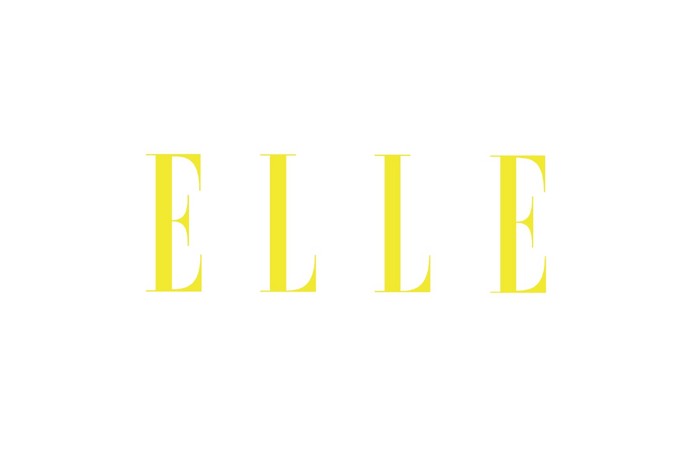ATTUALITÀ
Segui tutte le nostre notizie per tenerti informato sulle nostre ultime pubblicazioni, sulla nostra partecipazione ai congressi di medicina estetica o sui nostri vari progetti di ricerca
Segui tutte le nostre notizie per tenerti informato sulle nostre ultime pubblicazioni, sulla nostra partecipazione ai congressi di medicina estetica o sui nostri vari progetti di ricerca
